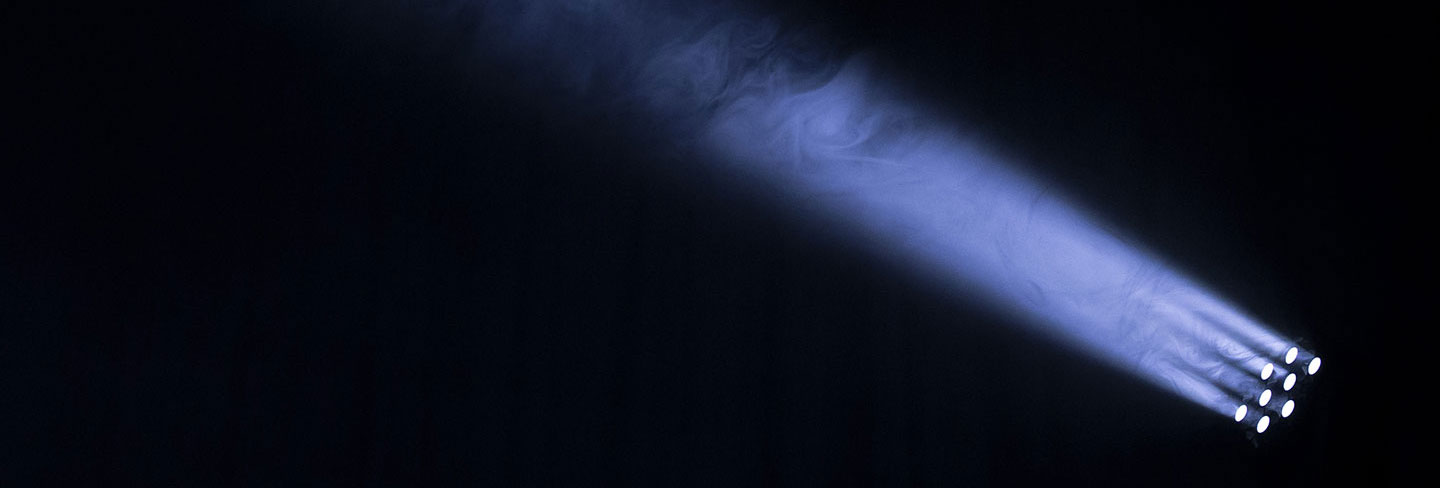Is it the 500 people in the room?
The 500 people in the video campus across town?
The potentially unlimited number of people watching your web stream?
That is the first question you have to answer when considering how to light your stage. The real answer is very likely all of them, but unless there is an unlimited budget, compromises will have to be made. So when it comes to stage lighting, how do you make the most of what you have to best improve your video capture and playback?
Here are eight practical tips to keep in mind for your next production.
1. Video First
Let’s take a quick look at the video setup. The decisions you make about your video equipment will direct how you light your stage. When considering broadcasting your video, (a broadly used term in this article defined as ‘sending your content anywhere other than the venue where it originated’) the first and most important piece of gear in the system is the camera.
The biggest factor with cameras concerning your lighting system is the camera’s image chip size. The larger the chip, the more light that is allowed to be processed by the camera which improves the image.
2. Camera Images and Iris
If you are looking at cameras with larger chip sizes, then your lighting director’s job just got a lot easier. Simply put, because the camera can take in more light, you won’t need to increase the light level on stage just so the cameras can get a great picture. On the other hand, with small chips, the lighting on stage will need to be brighter for your camera to capture a broadcast-ready image.
3. Even Coverage
In broadcast, there is a much heavier importance on lighting the whole stage and not just the communicator. When the communicator is pacing across the stage and the camera is panning to keep up with him/her then your whole stage becomes the background for the camera shot. This can create problems if your background is dark, or if your communicator walks into a dark area.
Remember that the camera is more sensitive to light levels and less adaptive to change than your own eyes.
4. Color Temperature
Keep the color temperature of your house lights in mind. If you’re not familiar with color temperature differences, here’s a quick analogy. Think of changing light bulbs in your own home. Typically, you are now getting the CFL (compact fluorescent) bulbs and replacing the old incandescent filament bulbs. When you did, the light in the room appeared brighter/whiter/blue, right? This is an example of color temperature at work.
Because of the filament in the old incandescent bulb, it burns at a much lower color temperature (measured in degrees Kelvin) causing the light to look yellow. But the CFL bulbs burn at a much higher color temperature, which is why the light appears with a tint of blue. These subtle changes can add up when mixed into a larger lighting system.
If your communicator is Caucasian and appears to have a very flushed, red face at some points during the service, and then at other points appears to be pale, this is a function of mismatched color temperatures.
Incandescent fixtures like the classic ETC Source Four operate at 3200K color temperature which is towards the lower end of the scale. It appears more yellow. Moving lights operate around 5600K or higher, so the white light tends to be tinted with blue.
One way to fix this problem is by color-correcting all of your fixtures to the same temperature. This involves buying color-correcting gels from your favorite lighting supply store for the incandescent fixtures, and dichroic filters for your moving lights. If you are fortunate, (or you planned in your purchases) then your moving lights already have color correction features built in, allowing you greater flexibility as you move forward.
